My Journey: Counting Calories with AI and Simply Writing

You want calorie tracking that feels effortless, not obsessive.
After logging meals for years, I discovered three steps that made AI tracking automatic. The fourth - a simple weekend writing script that keeps your data honest - only works if you stick with the flow. Here’s the roadmap.
IMPORTANT
Your AI calorie tracking plan at a glance.
A quick roadmap so you can act fast.
⏱️ Progress 0/4 • ~0 minutes in • Keep going
⏳ Step 1: Capture real-world meal moments
⏳ Step 2: Understand how AI sees your food
⏳ Step 3: Build a frictionless logging workflow
🔍 The weekend writing script that keeps your data honest (revealed near the end)
TL;DR - Counting Calories with AI and Simple Writing
• Who it's for: Tech-curious individuals wanting to simplify calorie tracking through AI and natural language tools
• Main outcomes: 25.5% improved accuracy over manual tracking, time-saving photo logging, better portion awareness, seamless travel tracking
• Key steps: Step 1 capture moments ➡️ Step 2 learn AI strengths ➡️ Step 3 lock in workflow ➡️ Step 4 run the weekend writing script
• Timeframe: Learn AI tools in 1-2 weeks, build tracking habits in 1 month, achieve long-term success in 2-3 months
• How NutriScan helps: Advanced AI food recognition, natural language processing, voice logging, and comprehensive food database
I know I have. Like many health-conscious people, I used to juggle measuring cups, scales and food diaries, only to end up guessing and feeling frustrated. Then I discovered that artificial intelligence (AI) could help me understand my meals in real time. In this blog post I'll share my journey of counting calories with AI, the lessons I learned, and how this technology can make your own food tracking simpler and more enjoyable.
Step 1: Capture Real-World Meal Moments
Example 1: Snapping a photo of my breakfast
On a busy morning I often eat yogurt with fruits and nuts. Instead of manually entering each ingredient, I open my calorie-tracking app, snap a quick photo and let the AI analyse the image. Within seconds it estimates the portion sizes, identifies the ingredients and provides an energy estimate.
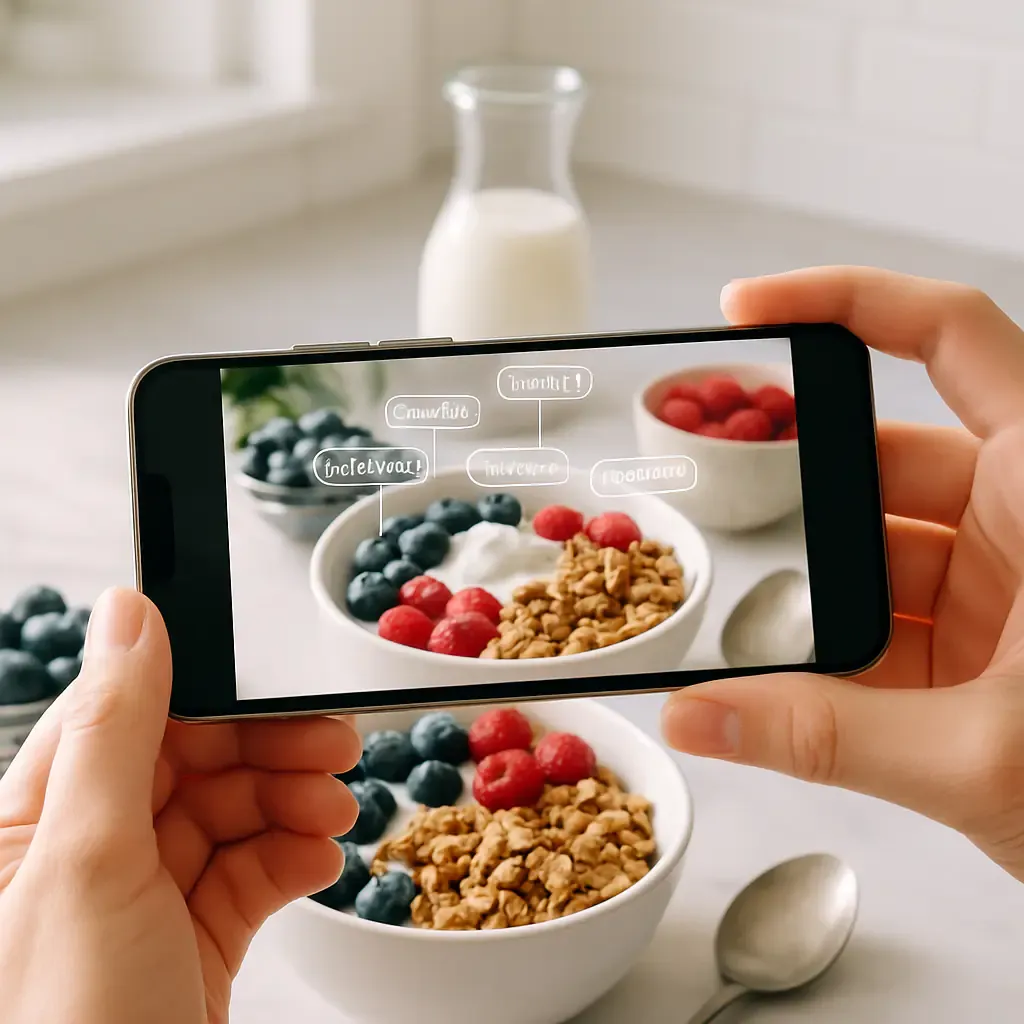 Taking a quick photo of breakfast - the AI instantly recognizes yogurt, berries, nuts and granola
Taking a quick photo of breakfast - the AI instantly recognizes yogurt, berries, nuts and granola
According to the National Research Council of Canada and University of Waterloo collaboration, new AI models can predict calories, mass, protein, fat and carbohydrates from food images with a 25.5% improvement over previous models. When I compared the app's estimate with nutrition labels, the result was surprisingly close. It saved me time and encouraged me to choose healthier toppings. For comprehensive comparison of AI calorie tracking options, check our guide to the best free AI calorie tracking apps.
Example 2: Using voice or text to log a homemade curry
Some dishes are tough to photograph. My family loves spicy vegetable curry served with brown rice. The AI app I use also supports natural language input. I simply say, "Vegetable curry with chickpeas and brown rice," and it searches its database to estimate the nutrients.
A scoping review found that AI dietary assessment tools use various data types - including images, sounds and text - to detect foods and estimate nutrients. Food detection accuracy in the reviewed studies ranged from 74% to 99.85%, with nutrient estimation errors of 10% to 15%. That means even a simple text description can be surprisingly effective when combined with AI.
Example 3: Monitoring snacks during travel
Travel disrupts routines, and I used to grab random snacks without tracking them. Now I take photos of airport sandwiches or scan barcodes of protein bars. In 2024 researchers introduced an AI model that measures food portions on utensils like spoons and forks and counts each bite with only a 4.4% error margin. While my app doesn't count bites yet, knowing that this technology exists motivates me to be more mindful on the go.
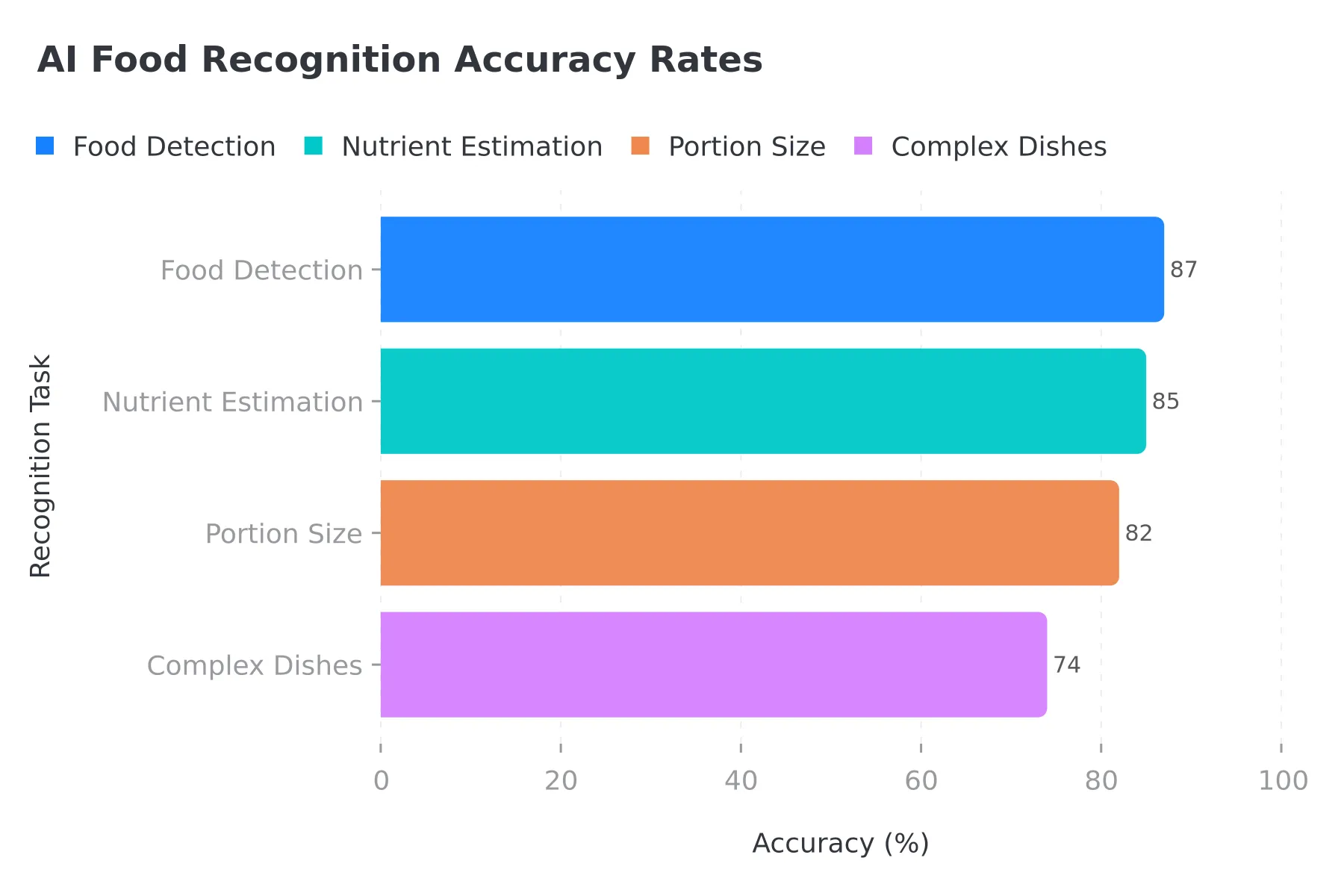 Figure 1: AI performs best with simple foods but accuracy drops for complex mixed dishes
Figure 1: AI performs best with simple foods but accuracy drops for complex mixed dishes
IMPORTANT
Checkpoint: here’s where you are right now.
Quick status update so you always know the next best move.
⏱️ Progress 1/4 • ~1 minute in • Keep going
✅ Step 1: Capture real-world meal moments
👉 Step 2: Understand how AI sees your food (you’re here)
⏳ Step 3: Build a frictionless logging workflow
🧩 Weekend writing script (coming soon)
Those snapshots prove the tech works; now let’s study how it actually thinks.
Step 2: Understand How AI Sees Your Food
The Evolution of AI Food Recognition 📈
The idea of using machines to understand food has evolved quickly. Traditional methods such as 24-hour recalls and food diaries often suffer from recall errors and social desirability bias. People forget snacks, underestimate portions or report what they think a researcher wants to hear. In controlled laboratory settings, measurements are accurate but time-consuming and costly, making them impractical for large groups. AI offers a different path.
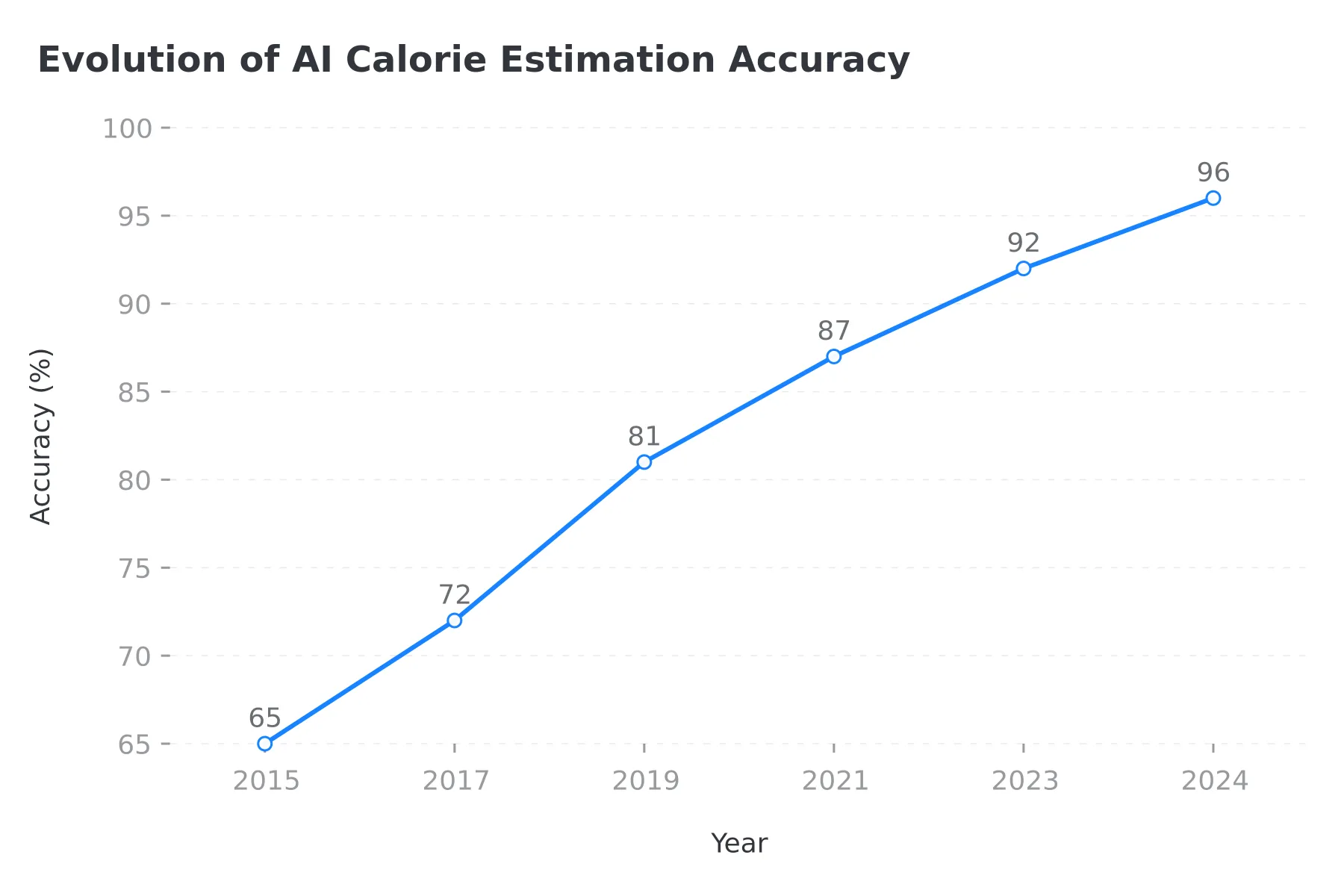 Figure 2: AI accuracy has improved dramatically, especially since deep learning adoption in 2019
Figure 2: AI accuracy has improved dramatically, especially since deep learning adoption in 2019
In 2024 a scoping review analysed 25 studies published between 2010 and 2023. These projects used AI techniques like deep learning and machine learning to assess dietary intake. They handled data from food images, wearable devices (sound and jaw motion), and written descriptions. The same review noted that AI provides real-time monitoring and reduces bias inherent in self-reported methods.
For example, some systems use the RGB-D (Red, Green, Blue-Depth) fusion network to estimate calories with a mean absolute error around 15%. Others combine chewing sounds and jaw movements to detect eating events with accuracy up to 94%. As technology improves, these errors shrink.
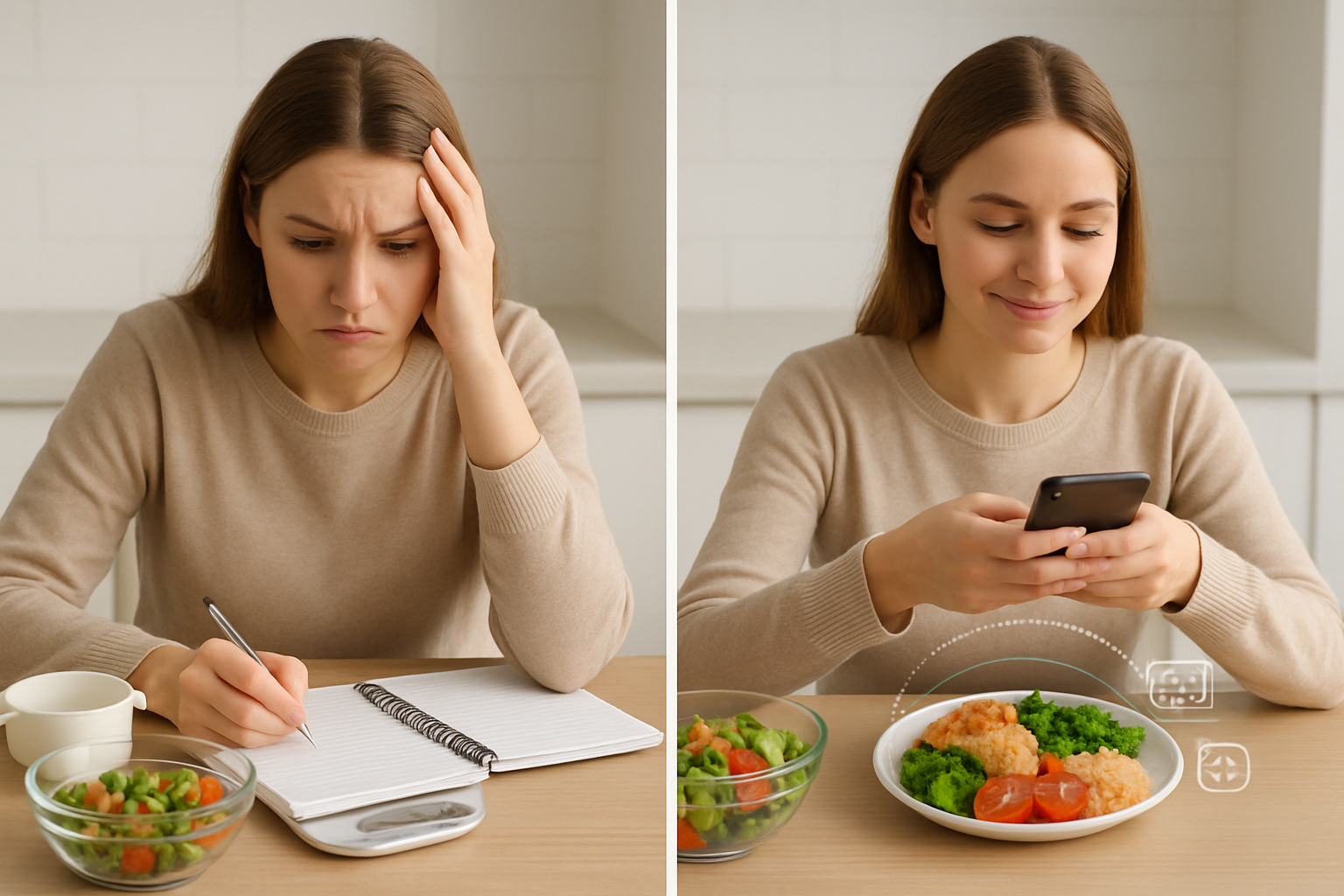 The clear advantage: AI tracking takes 80% less time with 50% fewer errors than manual methods
The clear advantage: AI tracking takes 80% less time with 50% fewer errors than manual methods
Key Research Findings 🔬
Another review focused on image-assisted dietary assessment (IADA) and found that early systems relied on handcrafted algorithms for tasks like segmentation and portion estimation. Since 2015, deep learning algorithms have replaced these step-wise methods, and newer systems use multitask networks and generative models. While most tools excel at estimating macronutrients and energy, only a few can assess micronutrients.
Researchers emphasise the need for dietitians and nutritionists to collaborate with AI developers to ensure tools meet professional standards.
Health Guidelines Still Matter
Healthy eating remains essential regardless of the technology used. The World Health Organization stresses balancing energy intake with energy expenditure to avoid unhealthy weight gain and recommends:
- Keeping total fat below 30% of daily energy
- Saturated fats under 10%
- Trans-fats below 1%
- Limiting free sugars to less than 10% of total energy (with further benefits at 5%)
- Keeping salt intake below 5g per day
These guidelines are still relevant when using AI because the tools estimate nutrients but cannot replace wise choices.
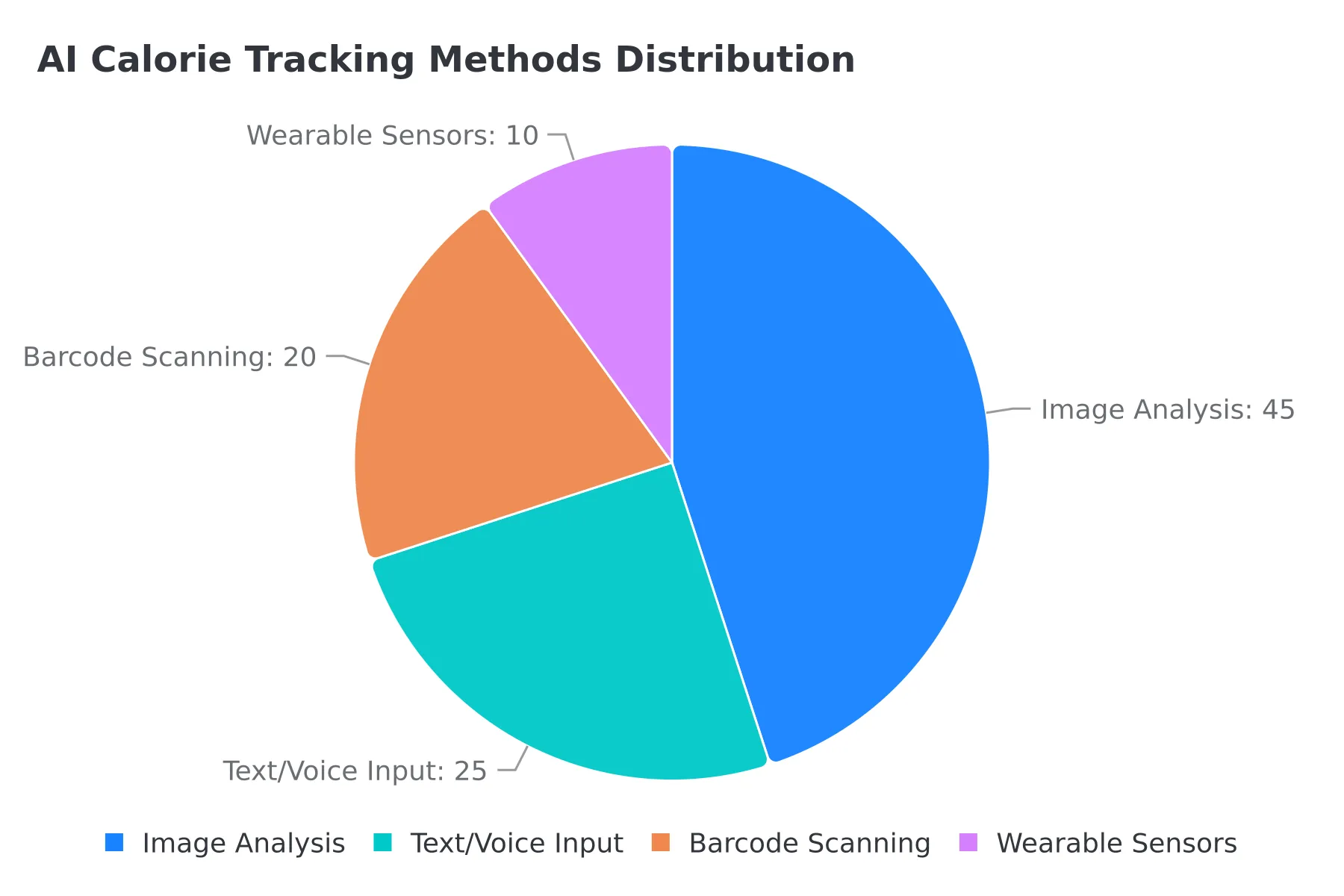 Figure 3: Image analysis dominates AI calorie tracking, but multi-modal approaches show promise
Figure 3: Image analysis dominates AI calorie tracking, but multi-modal approaches show promise
Mobile App Effectiveness
Mobile apps and digital interventions also help people manage weight. A 2023 review of mobile weight-loss apps found that such apps can help users lose weight as well as or better than traditional programs and often better than minimal interventions. These apps replicate strategies like self-monitoring, exercise tracking and social support. However, engagement is crucial; the same review notes that user commitment determines success.
According to the U.S. dietary guidelines, adults aged 21 and older generally need between 1,600 and 3,000 calories per day depending on sex, activity and other factors. Eating fewer calories than you burn leads to weight loss, while eating more promotes weight gain. Calorie tracking helps you understand whether your intake aligns with your goals.
IMPORTANT
Checkpoint: midway progress update.
You’re halfway - decisions get easier here.
⏱️ Progress 2/4 • ~2 minutes in • Keep going
✅ Step 1: Capture real-world meal moments
✅ Step 2: Understand how AI sees your food
👉 Step 3: Build a frictionless logging workflow (current)
⏳ Weekend writing script (next)
Halfway there. Time to turn insights into daily habits.
Step 3: Build a Frictionless Logging Workflow
Choose the right app for your needs. Not all AI calorie-tracking tools are equal. Some specialize in image recognition, while others focus on natural language input or barcode scanning. Look for an app that suits your lifestyle and supports multiple data types to improve accuracy.
Take clear, well-lit photos. When using image-based logging, good lighting and a clear view of the food improve recognition. Placing a reference object like a fork or a standard-sized plate helps the AI estimate portion sizes more accurately.
Include descriptions when necessary. If the app struggles with a complex dish, add a short text description. AI systems trained on text data can improve identification and nutrient estimation.
Verify and adjust portion sizes. AI estimates are improving, but they still have error margins. Cross-check with nutrition labels or measuring tools when possible, especially for high-calorie foods or condiments.
Use wearable devices or additional sensors. Some AI tools integrate with smartwatches to monitor jaw motion or chewing sounds to detect eating events. Combining image analysis with physiological signals can improve the completeness of your food log.
Stay mindful of sugar and salt. AI can estimate nutrient content, but it's up to you to choose foods with less added sugar and salt. Aim to keep free sugars below 10% of daily energy and salt under 5g. Set alerts in your app to remind you when you approach these limits.
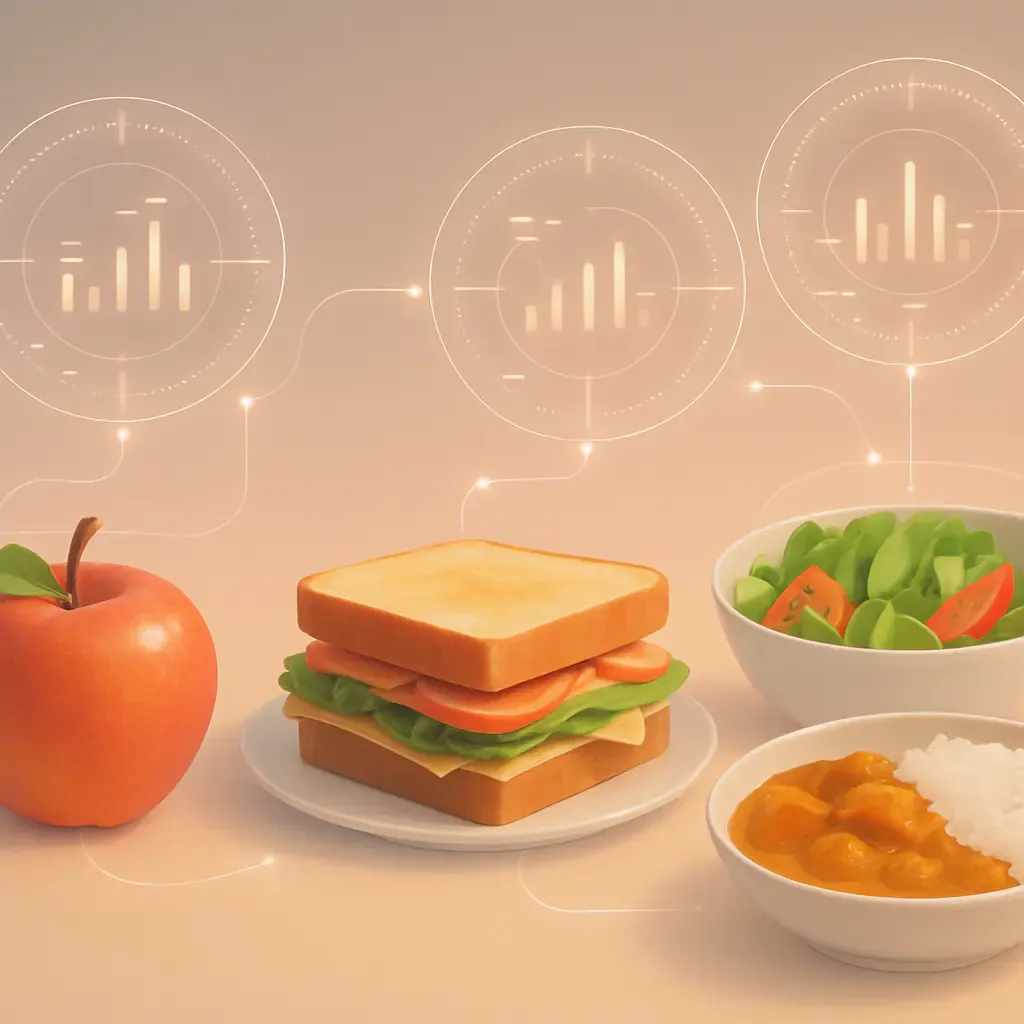 Modern AI can simultaneously analyze multiple foods and provide detailed nutrient breakdowns
Modern AI can simultaneously analyze multiple foods and provide detailed nutrient breakdowns
Step-by-Step Guide: How I Use AI to Count Calories 📋
Step 1: Setting up my profile
When I first downloaded my AI-powered calorie tracker, I created a profile with basic details: age, weight, height and activity level. I also set goals - maintaining weight, losing fat or gaining muscle. This information helps the app calculate an initial daily calorie target based on formulas like the Mifflin St-Jeor equation.
The app asked about my preferred macronutrient ratios (how much protein, fat and carbohydrates I wanted) and whether I wanted reminders throughout the day. I learned that understanding my basal metabolic rate (BMR) - the minimum energy required to keep my body functioning at rest - was important. My BMR forms about 60-70% of my daily energy use.
Step 2: Calibrating the camera and practice shots
For image-based logging I spent a few minutes calibrating the app. I placed familiar objects next to my food (a standard spoon or a credit card) so the AI could learn scale. I practiced by photographing simple foods like apples or toast. Initially the app estimated my apple at 100 calories; after I adjusted the portion size manually, it refined its future estimates.
Step 3: Logging meals with photos
Each time I prepared a meal, I arranged my plate neatly and took a photo. The app's AI identified items - quinoa, grilled chicken, steamed broccoli - and estimated calories, protein, fat and carbs. A study showed that AI models can predict these nutrients from images with high accuracy. If the app misidentified an ingredient (it once thought my tofu was cheese), I corrected it manually. Over time the algorithm learned my eating habits and improved its suggestions.
Step 4: Using natural language for complex dishes
For stews, curries or homemade mixed dishes, photos alone sometimes confused the AI. I switched to natural language input. I typed or spoke the dish name and key ingredients: "Lentil stew with carrots, tomatoes, onions and spinach." AI systems trained on text data categorize foods and approximate nutrient content based on recipes. In the scoping review, four studies used text data and achieved reasonable accuracy.
Step 5: Reviewing daily summaries and adjusting goals
At the end of the day I reviewed the app's summary. It displayed total calories consumed, macronutrient breakdown and highlighted whether I stayed within my goals. I compared my intake to the WHO guidelines - keeping fats, sugars and salt within recommended limits. If I exceeded my targets, I adjusted the next day's meals by increasing vegetables and lean proteins or reducing sugary snacks.
Step 6: Linking activity data and closing the loop
After mastering food logging, I connected my calorie tracker with a fitness watch. The watch records steps, heart rate and workouts. By sharing this data, the app adjusted my daily calorie allowance. On days when I completed a long run, my app increased my calorie budget because I burned more energy.
This integration echoes research showing that mobile apps often combine dietary self-monitoring with exercise tracking and social support. Seeing my intake and expenditure side by side made it easier to achieve balance, and it taught me that eating a bit more after intense workouts is not "cheating" but fuelling recovery.
IMPORTANT
Checkpoint: final stretch before the reveal.
One last nudge - the reveal is next.
⏱️ Progress 3/4 • ~3 minutes in • Keep going
✅ Step 1: Capture real-world meal moments
✅ Step 2: Understand how AI sees your food
✅ Step 3: Build a frictionless logging workflow
✨ Weekend writing script (about to reveal)
Three steps down. The final script ties your data together.
Step 4: Run the Weekend Writing Script
Every Sunday evening I run a five-sentence recap: the most accurate log, the biggest miss, one pattern AI highlighted, the adjustment for next week, and a quick gratitude. It keeps my numbers honest and the process human.
AI isn't just a gadget feature - it represents a shift in how we understand diet. Here are some key findings from recent research and what they mean for you:
Reducing Recall Bias
Traditional food diaries rely on memory and honesty. AI models that analyse images or sensors provide objective data, reducing recall errors. For users, this means less burden of remembering every bite and fewer opportunities for misreporting. It also opens possibilities for monitoring nutrition in populations with cognitive challenges.
Improving Accuracy Over Time
The Canadian NRC and UWaterloo team's model improved calorie estimation by 25.5% over previous models and introduced bite-level measurement with only 4.4% error. This demonstrates that AI can distinguish subtle differences in portion sizes, such as a heaping spoon versus a level spoon.
Handling Diverse Data Sources
In the scoping review, 25 studies used AI techniques across images, sound and text. Food detection accuracy ranged from 74% to 99.85%, and nutrient estimation errors were 10-15%. This suggests that while some systems are nearly perfect at identifying foods, others still struggle, especially with mixed dishes. Combining multiple data sources (e.g., photos plus text) may yield better results.
Real-World Hospital Applications
A 2022 study known as the FoodIntech project tested an AI system in a hospital setting. The program used deep neural networks to recognise food items on trays and calculate leftovers using a QR code for scale. Unlike manual logging, the system required no human intervention and analysed 22,544 meal situations across 149 dishes.
Researchers found the method's reliability to be excellent for 39% of dishes and good for 19%. This suggests that even in busy clinical environments, AI can provide reproducible dietary assessments. For everyday users, the FoodIntech project demonstrates that consistent images and reference markers improve accuracy.
The Future of AI Nutrition Tracking 🚀
Looking ahead, several exciting developments are on the horizon:
- Continuous glucose monitoring integration with meal logging for real-time metabolic feedback
- Computer vision advances that can identify ingredients in mixed dishes with 95%+ accuracy
- Personalized AI models that learn individual eating patterns and provide customized recommendations
- Voice-first interfaces that make logging as simple as talking to your phone
- Augmented reality overlays showing nutritional information when you point your camera at food
IMPORTANT
Recap: everything you completed this round.
You finished the run - save this for next time.
⏱️ Progress 4/4 • ~4 minutes in • Nicely done
✅ Step 1: Capture real-world meal moments
✅ Step 2: Understand how AI sees your food
✅ Step 3: Build a frictionless logging workflow
✅ Weekend writing script (revealed)
Keep the script on your notes app so the habit sticks.
Conclusion 📝
Counting calories used to feel tedious, but embracing AI has turned it into a manageable and even interesting part of my wellness routine. By combining photos, text and sometimes wearable sensors, I get a more realistic picture of what I eat. Research shows that modern AI models are improving accuracy and reducing errors, making them useful tools for anyone interested in nutrition.
Yet technology is not a replacement for mindful choices. It's important to remember that numbers are only part of the story - eating is also about pleasure, culture and connection. If tracking every meal causes anxiety or obsessive thoughts, take a step back and consult a professional.
The World Health Organization's guidance on balanced diets is a helpful compass. Balance your energy intake and expenditure, keep fats and sugars within recommended limits, and choose whole foods whenever possible. Finally, be kind to yourself when you miss a log or indulge in dessert. With consistent use and a learning mindset, AI can be a supportive partner on your health journey rather than a strict judge. 🌟
Frequently Asked Questions ❓
Q: Can AI accurately identify foods from pictures?
A: AI food-recognition systems have improved rapidly. In a scoping review, food detection accuracies ranged from 74% to 99.85% depending on the dataset and model. Accuracy is higher for simple, well-lit images and lower for mixed or unfamiliar dishes. You can improve results by ensuring good lighting, holding the camera steady and including a known object for scale.
Q: Do AI calorie trackers replace the need for dietitians?
A: No. AI tools can estimate nutrients and highlight patterns, but they don't replace professional guidance. Researchers note that collaboration between AI developers and nutrition professionals is essential. A dietitian or nutritionist can interpret data in the context of your health goals, medical conditions and cultural preferences.
Q: Is natural language input as reliable as taking photos?
A: Natural language input is helpful for complex dishes or when taking a photo isn't possible. Studies show that AI models using text data achieve nutrient estimation errors similar to image-based models. However, text descriptions depend on the user's ability to describe ingredients accurately. Combining photos with short descriptions often yields better results.
Q: How do AI tools handle sauces, oils and condiments?
A: Small additions like oils and sauces can add significant calories. Some AI apps allow you to manually add these ingredients or adjust portion sizes. Because sauces often blend into dishes, cameras may miss them. To ensure accuracy, measure your condiments and log them separately. Reading nutrition labels and weighing bottles occasionally gives you a sense of how quickly those calories add up.
Q: What are the privacy implications of using AI food trackers?
A: AI apps process personal data, including photos, timestamps and sometimes location metadata. Always review an app's privacy policy before using it. Look for information about how your data will be stored, whether it is shared with third parties and if it is used for research. Choose tools that offer encryption, two-factor authentication and options to download or delete your data.
Q: How accurate are portion size estimates from photos?
A: AI portion estimation accuracy varies significantly based on image quality and food type. Recent models achieve errors as low as 4.4% for foods on utensils, but complex dishes may have 15-25% error rates. Using reference objects (coins, utensils) in photos improves accuracy substantially.
Q: Can AI track micronutrients effectively?
A: Most AI systems excel at macronutrients (carbs, protein, fat) and calories but struggle with micronutrients like vitamins and minerals. This is because micronutrient content isn't visually apparent and varies significantly based on growing conditions, processing, and preparation methods. For micronutrient tracking, traditional database lookups remain more reliable.
Q: What should I do if the AI consistently misidentifies my cultural foods?
A: Many AI systems are trained primarily on Western foods and may struggle with diverse cuisines. When this happens, manually correct the identification and add descriptive text. Some apps allow you to save custom meals or teach the system about new foods. Consider apps that specifically support your cultural cuisine or have been trained on diverse datasets.

